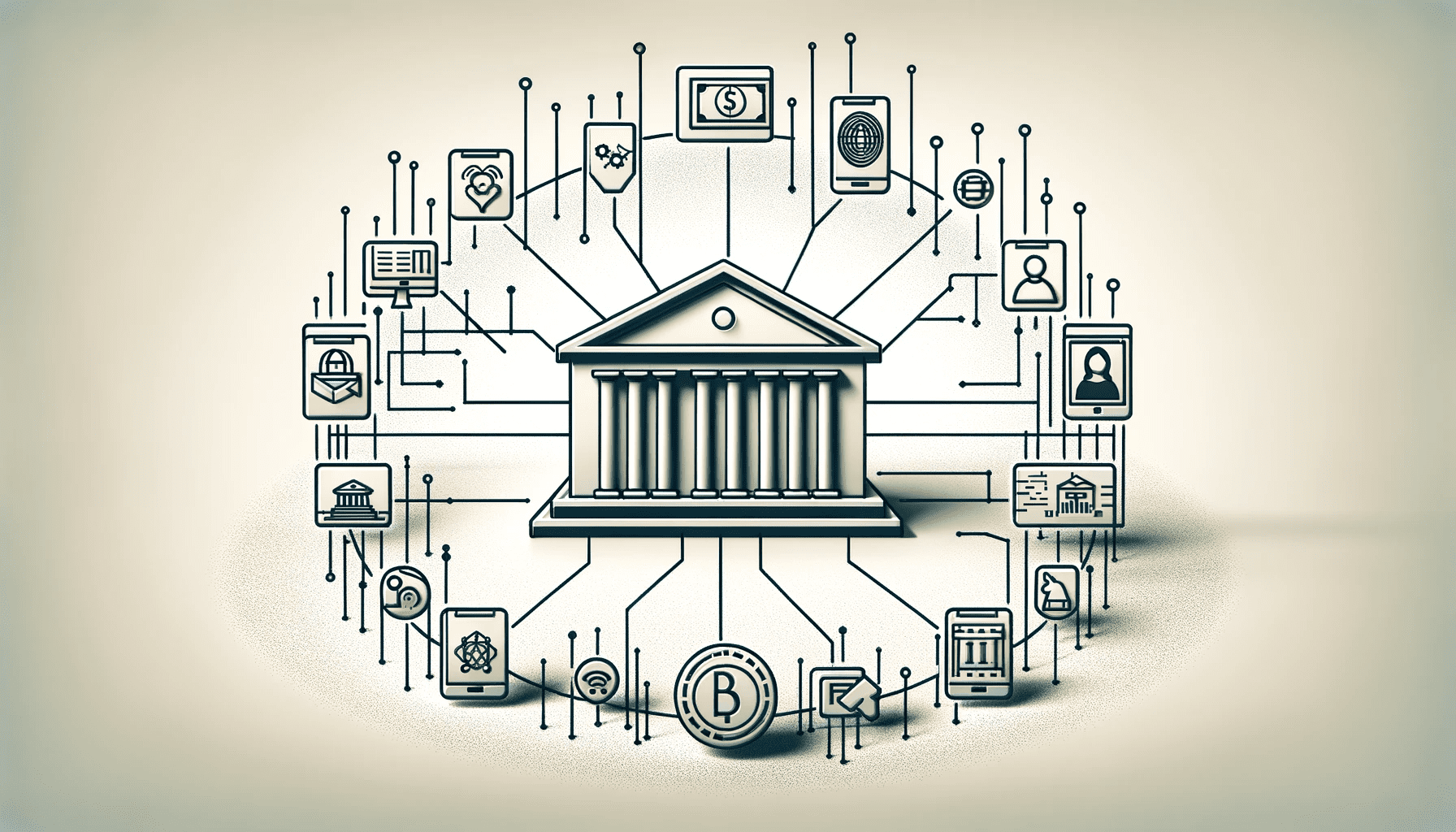GBO, a leading corporate service company, has conducted extensive research to bring you a comprehensive report on the safest banks in the world.
By analyzing various financial and economic indicators, GBO has identified the banks that are best equipped to weather economic turbulence and maintain stability in the face of financial challenges.
GBO’s research covers a broad range of banks across the world, including those in the United States, Europe, and Asia, and takes into account factors such as the size and strength of a bank’s balance sheet, the level of government support, and the stability of the overall banking system in each country.
This report provides valuable insights into the current state of the banking industry and can serve as a useful resource for individuals and organizations looking to make informed decisions about their financial investments. With its rigorous analysis and expert insights, GBO’s research is a must-read for anyone interested in the world’s safest banks
We will assist you to open a business bank account in Europe
WhatsApp us: +972504938469, email us: info@gbo-il.com
To say which country has best banking system depends on whether you are measuring freedom of operating, legislative control, supervision or accounting methods.
Almost all banks in the European Union use the same methods so there is no real choice there. Banks in the USA are generally more closely monitored than in the rest of the world. China is a special case, since all of the banks there are largely state-owned and are very tightly controlled.
What is the most popular banking rating system?
Credit ratings issued by credit rating agencies are the most common type of banking rating. A credit rating is an evaluation of the creditworthiness of a borrower, in this case a bank, and represents the agency’s opinion regarding the bank’s capacity to repay its debt obligations.
Moody’s, Standard & Poor’s (S&P), and Fitch Ratings are the three largest and most well-known credit rating agencies. These agencies use a standardized rating system, with the highest rating being AAA (or Aaa) and the lowest rating being D. (or C). The ratings are based on a variety of factors, such as the bank’s financial strength, profitability, liquidity, and capitalization, as well as its operating environment.
Diverse parties, including investors, regulators, and banks themselves, use credit ratings to assess the risk associated with a particular bank and make informed decisions regarding investments and other financial transactions. It is important to note, however, that credit ratings are not performance guarantees and can be revised based on a bank’s financial profile or the economic environment.
Listing the countries with the safest banks depends on the cut-off level in the rankings, if all banks ranked at a minimum of Axx are counted, then Canada with 6 ranks ahead of the USA in North America. In South America, Chile with 5 banks outshines Mexico and Peru with one each.
In Western Europe, Germany has the most safe banks with 4. Switzerland, Netherlands, Norway, Sweden and France each have one. In Central Europe, Poland has 3 banks and the Czech Republic one. Some of the largest banks in Asia Pacific are, Singapore and South Korea each have three banks, China has two, with Hong Kong and Taiwan having one each. In the Middle East, UAE has four banks, Kuwait has three and Israel and Qatar each have one. Australia has 9 banks and New Zealand has one. There are no banks in Africa rated above BB+.
It is difficult to say which is the safest bank in the world, since all banks rated at AAA are generally regarded as being equally safe. In one respect, we can choose which banks are the most secure based on the size of the bank, in which case, KfW in Germany which has assets of more than $550 billion.
How to become the safest banks in the world?
There are several steps that banks can take to become safer and more secure:
- Implement strong and effective risk management practices: This includes identifying and assessing potential risks, developing strategies to mitigate those risks, and monitoring risks on an ongoing basis.
- Adhere to regulatory requirements: Banks are subject to a variety of regulations designed to ensure the safety and soundness of the financial system. It is important for banks to understand and comply with these requirements.
- Maintain strong capital and liquidity positions: Banks should maintain strong capital and liquidity buffers to help them weather economic downturns and other challenges.
- Invest in technology: Banks should invest in robust and secure technology systems to protect against cyber threats and other types of financial crime.
- Foster a culture of compliance: Banks should encourage a culture of compliance and ethical behavior among employees, and should have effective systems in place to prevent and detect misconduct.
- Communicate with customers: Banks should be transparent with customers about their operations and risk management practices, and should work to build trust and confidence in their services.








